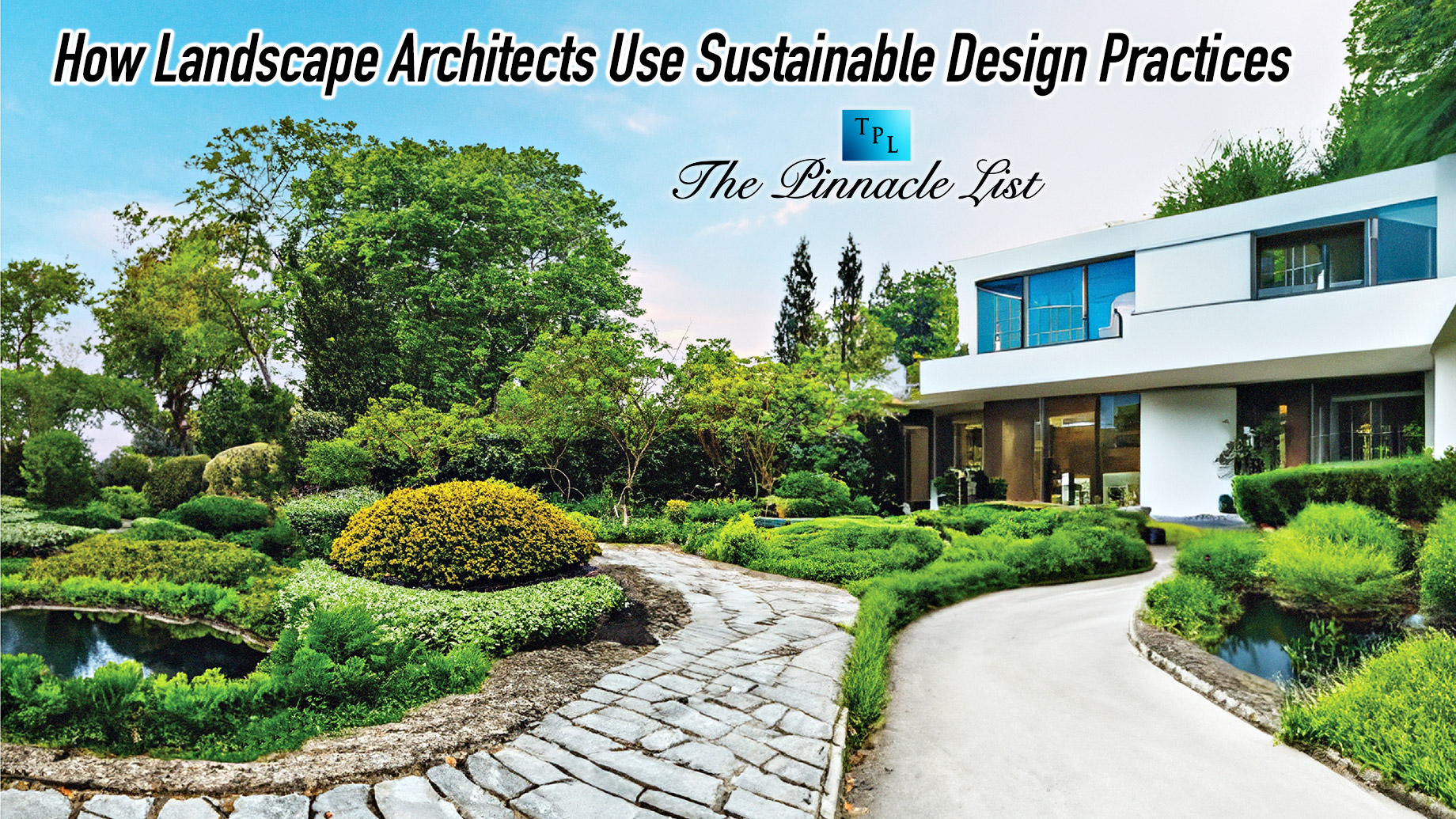
As our planet faces unprecedented environmental challenges, the role of landscape architects in creating sustainable and eco-friendly outdoor spaces has never been more vital. Landscape architects play a vital role in mitigating climate change, conserving natural resources, and promoting ecological balance. They use sustainable design practices to minimize environmental impact, promote biodiversity, and enhance human well-being.
By blending art and science, landscape architects craft harmonious relationships between nature and built environments, fostering resilient and thriving communities for generations to come.
What Is Sustainable Landscape Design?
Sustainable landscape design refers to the practice of creating outdoor spaces that are environmentally responsible and resource-efficient. This means using natural resources like water, soil, and energy in ways that don’t harm the environment. Sustainable design also involves creating landscapes that promote biodiversity, reduce pollution, and support the health of the local ecosystem.
A landscape architect in CT, like those at lionscreekconstruction.com, can incorporate sustainable design elements into a variety of projects, from public parks to private gardens, always keeping in mind the unique needs of the environment and community in Connecticut.
What are the Common Sustainable Design Practices?
Sustainable landscape design can take many forms, but here are some of the most common practices that landscape architects use to ensure their designs are eco-friendly:
Water Conservation
Landscape architects prioritize water conservation, recognizing its vital importance. They employ innovative strategies to minimize water usage, ensuring sustainable and eco-friendly designs. Some key water-saving techniques include:
- Special areas collect rainwater, allowing slow absorption into the ground to prevent flooding.
- Carefully selected plants require minimal water to thrive.
- Advanced systems provide water only when necessary, often integrating weather forecasts.
By implementing these methods, landscape architects significantly reduce water consumption and stormwater runoff. Effective water management is a cornerstone of sustainable landscape design, and landscape architects are leading the way.
Working with Nature
Landscape architects work with nature instead of against it. This harmonious approach benefits both humans and wildlife, enhancing ecosystems. Here’s how they achieve this:
- Landscape architects use native plants.
- They create wildlife habitats.
- They protect existing trees.
A balanced relationship between built environments and nature is necessary, and landscape architects play a key role in preserving this delicate harmony.
Eco-Friendly Materials
Choosing the right materials is important for sustainable design. Landscape architects select materials that minimize environmental impact while enhancing aesthetic appeal. Here’s why:
- They reuse and recycle materials like old bricks or stones.
- They choose sustainable wood from responsibly managed forests.
- They use permeable pavements to prevent flooding.
This thoughtful approach conserves resources, reduces waste, and promotes eco-friendly landscapes.
Energy Efficiency
Sustainable landscape design reduces energy use, enhancing environmental benefits. Landscape architects employ innovative strategies to minimize energy consumption. Here’s how:
- They use strategic planting for shade and wind protection.
- They incorporate solar lighting for outdoor spaces.
This energy-efficient approach reduces reliance on non-renewable resources, lowering energy costs and promoting eco-friendly landscapes.
Green Infrastructure
Green infrastructure mimics nature to manage stormwater and minimize environmental impacts. This sustainable design approach benefits both people and the planet. Here’s how:
- Green roofs reduce stormwater runoff and improve air quality.
- Rain gardens capture and filter rainwater, preventing flooding.
- Permeable pavement allows water to pass through, reducing runoff.
This eco-friendly strategy protects water quality, reduces flooding, and creates resilient, sustainable environments.